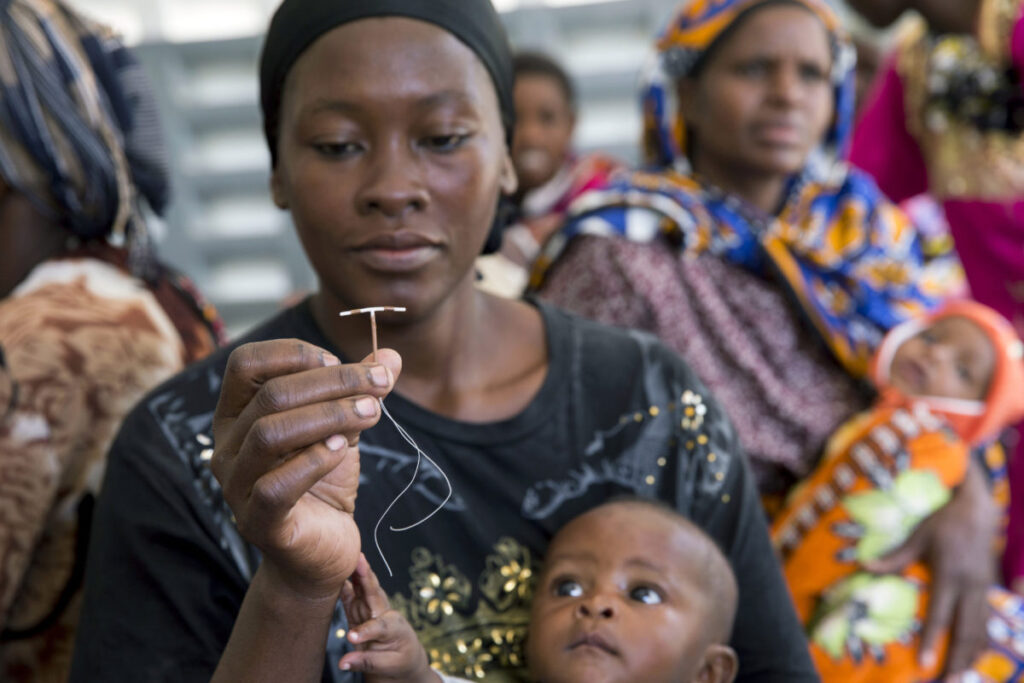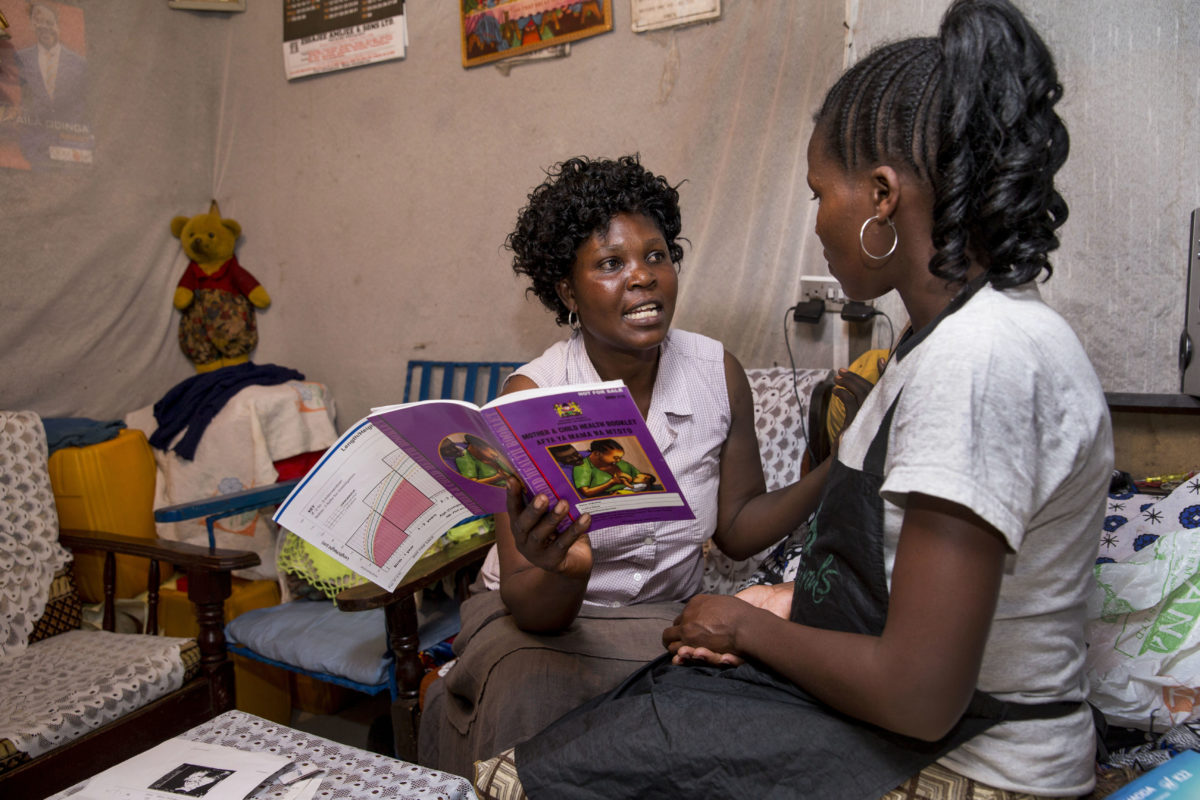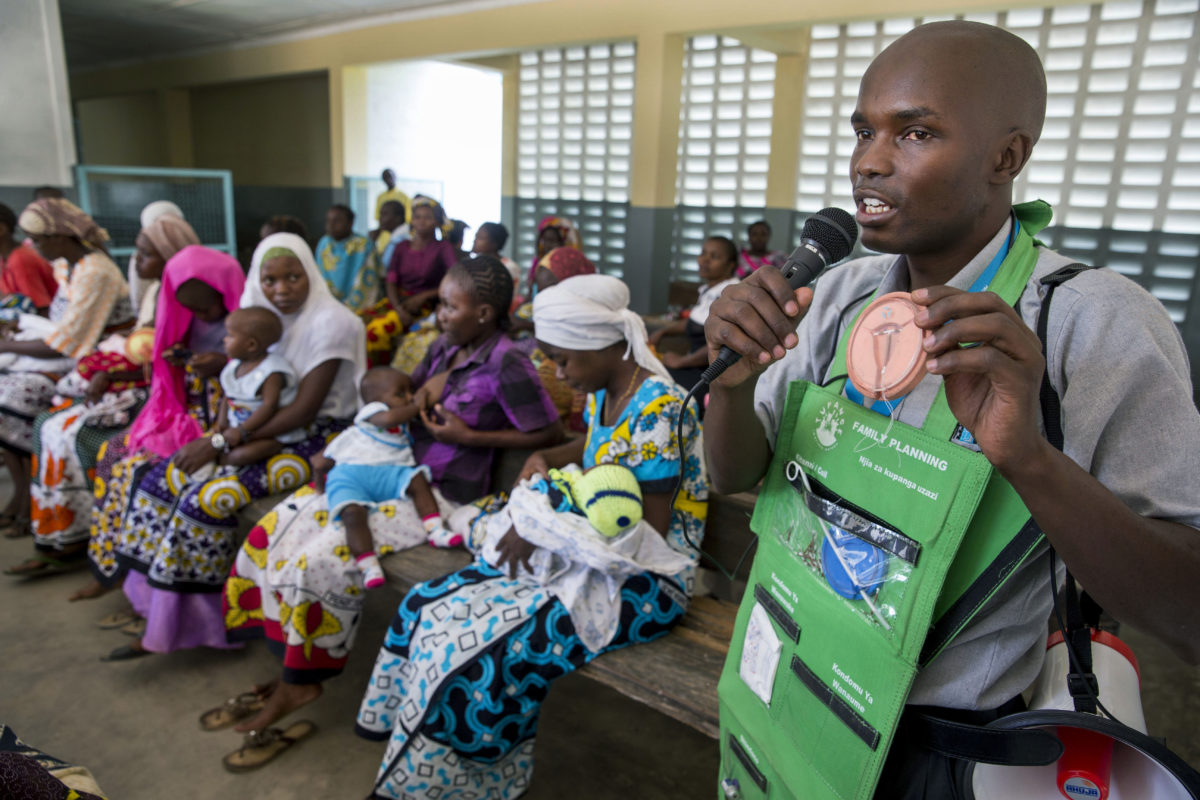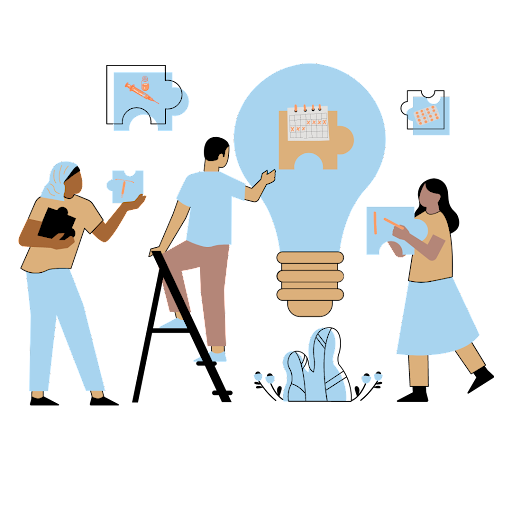For Kenya, this is compounded in settings with a deep-set culture of early teenage marriages, gender-based violence, and polygamy, particularly in Narok, Samburu, Pokot, Kajiado, Homabay, Marsabit, Mandera, and Isiolo counties. These communities are mostly rural and each share similarities such as higher levels of teenage pregnancy, poverty, low levels of education, and the consistent climate-related disruptions of essential family services health services due to drought, floods, and conflict.
In essence, the initial idea of having many children was to address the higher risk of losing children to diseases and natural disasters such as droughts, famines, wars, to sustain parents in their old age, and for the retention of family wealth maintaining land, livestock, and farming crops. With the modern strain on resources and relatively improved living conditions, family sizes have gradually become reduced, planned, and healthier across the country. The total fertility ratenow stands at about 3.2 children per household. This may be attributed to modern medicine through family planning options that have increased the overall contraceptive prevalence, disease prevention, better practices of midwifery, and areduction in child mortality through immunization and regular clinical care.
In parts of the country like Wajir, where polygamy is still practiced, girls who marry often do not have accurate family planning information and may be unable to access family planning services even when they want them. Many of these teens are exposed to pregnancies early in their lives, increasing the risk to seek for emergency contraceptive methods. In relatively urban centers, sexually active young girls who cannot conveniently access family planning services and commodities may get pregnant and seek abortion services, which are illegal countrywide except in circumstances where the mother’s life is at risk.










